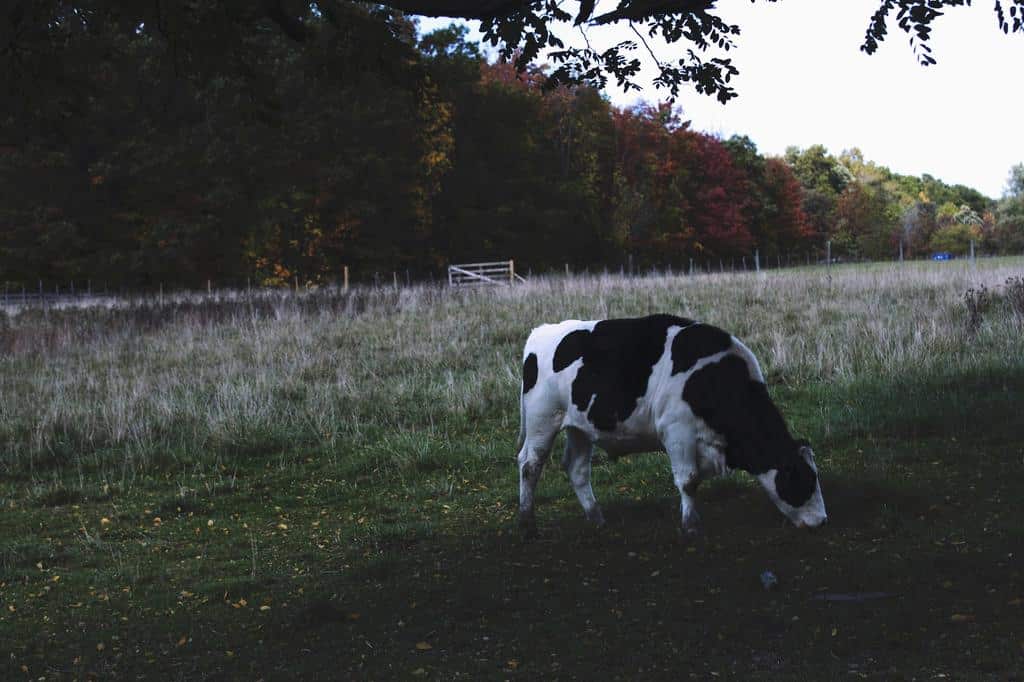We all love animals and surround ourselves with pets for companionship, making them a part of our families. Then there are those we raise as commodities to feed our families or sell for profit as a business. Cattle are among the best animals for earning a living, providing milk and meat to consume and sell.
Are you looking to farm and raise cows? This significant undertaking requires dedication and skills to succeed. Here are some strategies to take good care of cattle:
Have Enough Land
Before buying a cattle herd, you must assess your available property. Generally, each cow needs an acre of land for grazing and an acre to make hay. The pasture must be grazable with no steep, rocky terrain, offering diverse perennial plants like grasses and legumes.
Divide Your Pastures
You should divide your pastures into paddocks and move the herd around so they can eat in one area. Then, allow them to rest and recover in another field. Beyond grazing, supplement with a nutrient-rich feed with lots of protein and fat, especially in winter.
Install Fencing
In addition to laying out your paddocks, fencing helps keep your animals safe. It confines them to a particular space, and they can’t stray, providing a clear boundary for grazing. If they are temporary or permanent, ensure they are secure on the ground.
Access to Water
Cows need constant access to a water source and drink 20-60 liters daily, depending on the time of year and whether they are with a calf. Surface water is typically a dugout, creek, river, or lake. It is what your animals can access, but sometimes only. Cattle waterers are an excellent alternative that can be precisely regulated in fields and barns.
Cattle waterers comprise a solid base and bowl filled with water. They are connected to a pressurized line with a control valve. These lines should be insulated to avoid freezing in colder temperatures. Thermostats and auto-fill valves should be installed to ensure adequate drinking levels for cattle.
Look for cattle waterers that are:
High Capacity
Safety protection
High-quality construction
Durable
Easy to maintain
Barns
You will also need to provide shelter for your cattle, with covered or indoor access as they please. A good barn will be essential, as it gives them a place to escape the heat or other forms of extreme weather. It also gives them a place to live.
As a cattle farmer, you need a place to store equipment and feed. Build a barn big enough to house everything and allow expansion. These can be constructed from wood and steel, ensuring ventilation and natural lighting.
Keep them clean and hygienic so disease or other pathogens cannot upset the animals. Good bedding is also key. Multiple shelters are beneficial, too; with open shelters, cattle can go to the field and in your main barn.
Spend Time with Animals
Farmers form a bond with their lead cow, but all cattle can connect with it. These are great animals to show affection to and enrich your life.
Even though they have a predetermined end, that doesn’t mean you don’t care for them and want them to have a healthy, happy life. Ultimately, a cow destined for slaughter should only have one bad day. During their lives, though, having a close connection with your animals produces lower stress levels for them. This is a positive experience for both of you.
This is how to care for cattle. Living with these majestic beasts is not for the faint of heart. However, you can take on the challenge of raising high-quality food for your family and the market. Enjoy your bovine journey and appreciate what cows give to the world.
Vets
Along with providing cattle with pasture, water, and shelter, they need professional care. Veterinarians will help you with animals’ health and provide services like:
- Vaccinations
- Give exams
- Deworming
- Castration
- Assist with calf delivery
- Treat sickness
Make sure you have a good working relationship with your vet.
Monitor Health
Observe your cattle daily for signs of illness or distress. These signs include changes in eating habits, unusual behavior, or physical symptoms like coughing, limping, or discharge. Early detection of health issues can prevent disease spread and reduce the need for more extensive treatments later on.
Additionally, maintain a health record for each animal, noting any medical treatments, vaccinations, and health changes. Regular health checks and vaccinations should be routine to keep cattle healthy.




